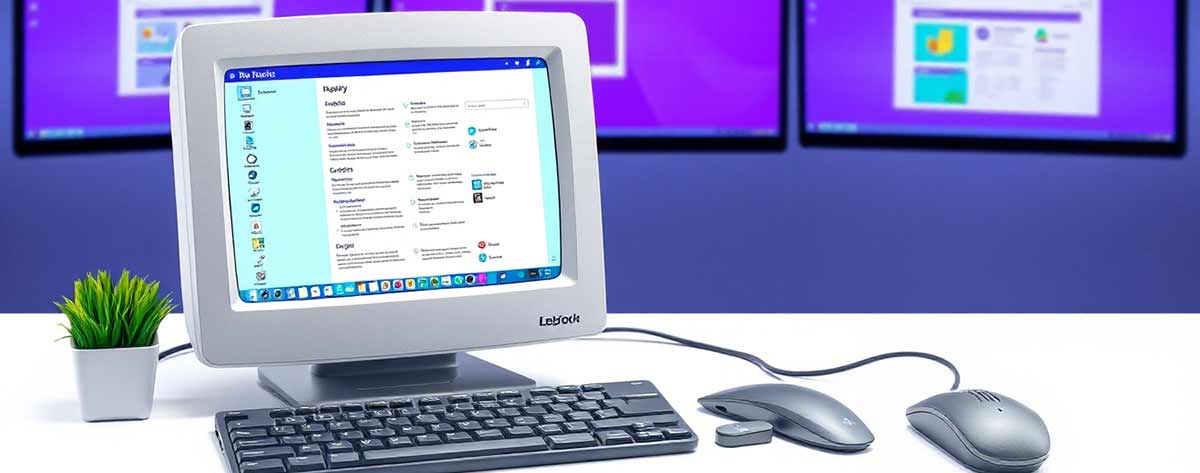
When you study the history of the personal computer, the records will show that Ed Roberts was the first to use the term. He used it to describe his invention, the Altiair 8800 which appeared in 1975. However some experts believe the Kenback- 1 (made in 1971) was the first PC although the term was not used to describe it.
The Earliest Computers
Before the term personal computer was used, machines that could be operated by a single individual were called microcomputers. These machines became widespread when the microprocessor was invented in the 1970s.
But as far back as 1968, STI researcher Douglas Englebart (inventor of the mouse) had demonstrated the use of a mouse, video and typing on computers. In the history of the personal computer, this event has come to be known as the mother of all demos.
But during the 70s, computers were available only in electronic shops. Most of them made use of switches and panels. The keyboards and disks had to be purchased separately. The Micral is regarded as the first non assembly, commercially available computer. It used the Intel 8008 processor. It came out in 1973.
The Apple II and IBM PCs
In 1976, Steve Jobs and Steve Wozniak produced the Apple Computer. A hit, they followed it up with the Apple II. Its success was the turning point in the history of the personal computer. Computers were now sold as complete packages.
Software for business and education also started coming out. Word processors, spreadsheets and games were also beginning to appear.
Apple’s success inspired IBM to do the same thing. The company went on to make computers using an open bus and open architecture system. This design would ensure that software developers would make applications for the computer. In addition, the IBM PC used Intel’s 8088 chip.
It was slower than the 8086 but more widely available. It also allowed IBM to sell the computers more cheaply. These decisions had a great effect in the history of the personal computer; it allowed IBM to take away Apple’s edge in the market.
The open architecture system also allowed clones (non IBM PCs) to appear in the market. The 1981 IBM PC came with 16K of RAM and a 160K disk drive. The display was monochrome and couldn’t display graphics. The system was eventually upgraded to include a color graphics adapter. The memory onboard was also increased to 256 K.
Emergence of Windows
IBM didn’t make an operating system for their PC. Instead they hired a company called Microsoft to create one. Microsoft came out with MS DOS. While it had its limitations, PCs became very popular as they were less expensive than the Macintosh.
In the 1990s, Microsoft released Windows, a GUI operating system for the PC. It would sell millions of copies and change the face of personal computing.
The history of the personal computer has moved so fast. The PCs of today bear very little resemblance to those in the past. With technological advancements ongoing, the PCs will only get more powerful in the years ahead.
Yes, it can be combined with other cosmetic procedures like brow lift, rhinoplasty, or eyelid surgery to achieve a comprehensive facial transformation.